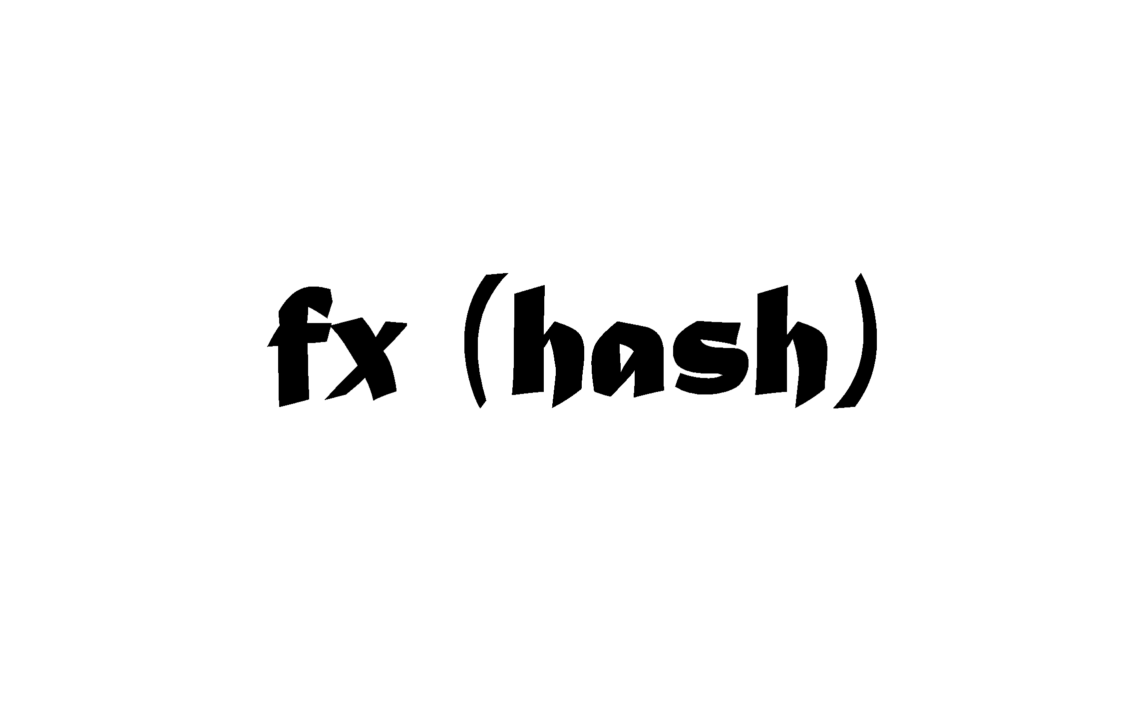- Fxhash is a generative workmanship stage that allows anybody to transfer their code and mint the results as Tezos NFTs
- The venture centers around making generative craftsmanship more open for the two makers and authorities
- The progress of fxhash and other generative workmanship stages, for example, Art Blocks flags the developing interest in generative craftsmanship NFTs
fxhash is a generative craftsmanship commercial center and stage on the Tezos blockchain that lets anybody to transfer their code and create yields as Tezos NFTs. Crypto Briefing found fxhash colleague Paul Schmidt to discuss the stage’s dangerous development and future desires.
There’s another generative workmanship stage acquiring ubiquity — this time on Tezos.
Sent off in November 2021, fxhash is a generative workmanship stage that allows anybody to transfer their code to the site and mint the results as Tezos NFTs.
Despite the fact that it takes coding information to begin making craftsmanship on fxhash, the stage’s local area is committed to assisting new clients with having the chance to grasp the arising and frequently complex work of art.
What Is fxhash?
Paul Schmidt, one of 10 center fxhash colleagues, as of late plunked down with Crypto Briefing to direct us through how generative workmanship is made and the way that it meets with NFTs and blockchain innovation. Essentially, craftsmen transfer their code on our foundation, that code has some irregularity connected to it, and this haphazardness gets cultivated by an exchange hash, which Schmidt made sense of, prior to framing the cycle in more detail.
The fxhash stage is the brainchild of generative craftsman Ciphrd. He drew from his experience in software engineering to fabricate the site and utilized his experience making generative craftsmanship to execute the fundamental tooling to assist growing specialists with rejuvenating their work.
Since fxhash offers help for both experienced coders and the people who are simply beginning, it has turned into a center point for generative craftsmen and gatherers of all foundations and expertise levels. fxhash colleagues give guides and assets to help fresher specialists, while experienced coders can associate with different craftsmen to share thoughts and data through the venture’s Discord server.
Regardless of beginning as a limited show, interest in fxhash immediately developed, and Ciphrd acknowledged he would require extra assistance dealing with the stage. He reached a few of fxhash’s most dynamic local area individuals to assist with chipping away at the venture full time.
Schmidt, who was one of these early enlists, said that the task has remained consistent with its underlying standards on the grounds that a considerable lot of its engineers came from its initial local area. This has made an open stage that puts craftsmanship and innovation first.
In spite of the fact that fxhash has turned into the main generative workmanship stage on Tezos, it isn’t the first to become wildly successful in the crypto space. In November 2020, the Ethereum-based stage Art Blocks was fundamentally liable for carrying generative workmanship into the crypto standard through a progression of organized mints. The stage’s first arranged assortment, Genesis by DCA, was stamped out on Nov. 27.
In the months that followed, Art Blocks pieces took off in ubiquity, moving generative workmanship into the spotlight of the Ethereum NFT blast. From that point forward, conspicuous generative specialists, for example, Fidenza maker Tyler Hobbs and Ringer’s craftsman Dmitri Cherniak have become generally perceived among NFT and artistic work authorities. Fidenza and Ringers NFTs routinely order six-figure aggregates on optional commercial centers like OpenSea.
ALSO READ: Ethereum adds 500,000 new addresses per week
Creating Art on Tezos
fxhash’s choice to send off on Tezos was additionally crucial to making generative workmanship more receptive. Since NFTs originally went standard in mid-2021, most undertaking dispatches and NFT exchanges have happened on Ethereum. As the greatest and most broadly perceived blockchain with savvy contract capacity, it checked out for specialists to go where they could track down the most openness; be that as it may, with expanded utilization additionally came expanded gas expenses because of Ethereum’s restricted block space
Whether fxhash can ultimately match rival generative craftsmanship stages, for example, Art Blocks is still hanging out there, however, obviously, the two specialists and gatherers are responsive to the stage’s one-of-a-kind and open methodology. By and large, the outcome of fxhash signals a profound and developing appreciation for generative NFTs. The stage’s quick development flags that the incipient artistic expression is digging in for the long haul.
Steve Anderson is an Australian crypto enthusiast. He is a specialist in management and trading for over 5 years. Steve has worked as a crypto trader, he loves learning about decentralisation, understanding the true potential of the blockchain.


 Home
Home News
News










